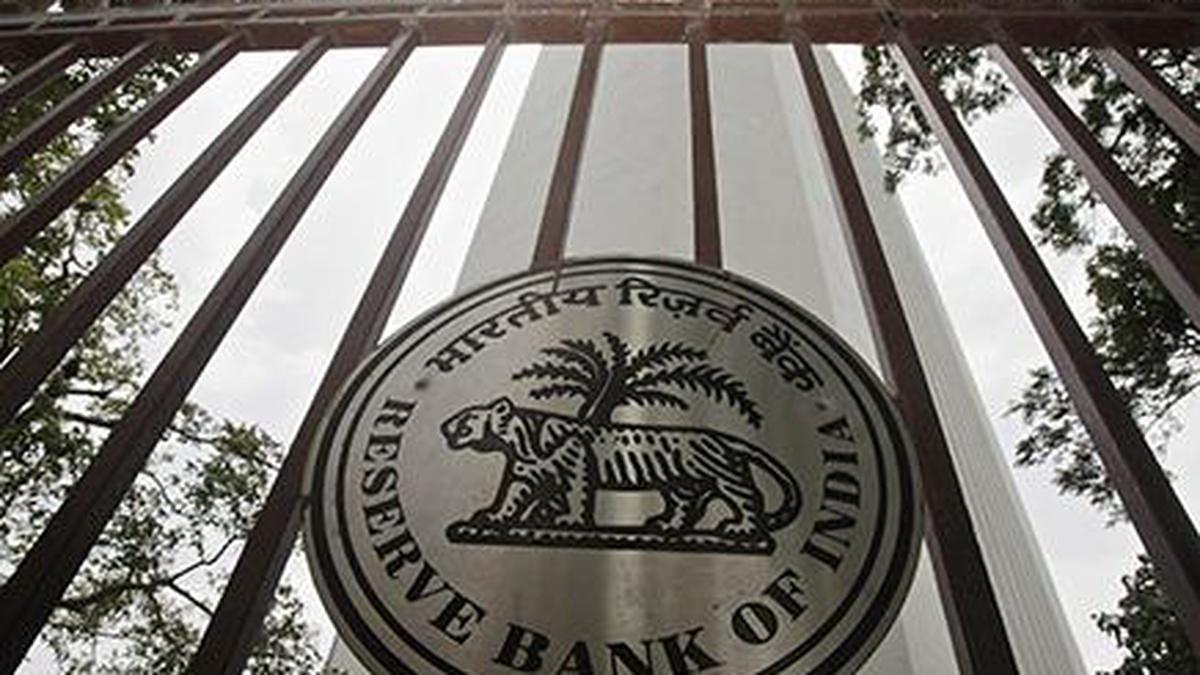DPDPA’s Cross-Border Data Transfer Framework: Comprehensive Compliance Guide for International Data Flows
Introduction
The Digital Personal Data Protection Act (DPDPA) establishes a structured framework governing the transfer of personal data outside India’s borders, balancing the need for global data flows with protection of Indian citizens’ data privacy rights. This regulatory framework creates pathways for legitimate international data transfers while maintaining appropriate safeguards against jurisdictional privacy risks.
What is the Cross-Border Data Transfer Framework?
The DPDPA’s Cross-Border Data Transfer Framework outlines the conditions, mechanisms, and compliance requirements for transferring personal data of Indian residents to countries or territories outside India. It establishes a “whitelisted countries” approach, supplemented by additional transfer mechanisms, contractual safeguards, and accountability measures to ensure continued protection of personal data regardless of geographic location.
Why is Cross-Border Data Transfer Regulation Required?
- Ensures continued protection of personal data beyond Indian jurisdiction
- Prevents regulatory arbitrage through offshore data processing
- Maintains sovereignty over Indian citizens’ personal information
- Facilitates legitimate international business operations and data flows
- Aligns Indian regulations with global data protection standards
Key Elements of the Cross-Border Data Transfer Framework
Permitted Transfer Destinations
- “Whitelisted countries” identification process
- Adequacy assessment criteria for countries/territories
- Periodic reassessment of permitted destinations
- Country-specific conditions or limitations
- Revocation mechanisms for inadequate protection
Permitted Transfer Mechanisms
- Standard contractual clauses for transfers
- Binding corporate rules for multinational groups
- Consent-based transfer provisions and limitations
- Specific situation exemptions (contract performance, etc.)
- Emergency transfer provisions
Data Fiduciary Obligations
- Assessment of recipient’s data protection measures
- Data transfer agreement requirements
- Ongoing monitoring of compliance
- Record-keeping for international transfers
- Data breach coordination across borders
Data Principal Rights
- Transparency about international transfers
- Right to object to certain transfers
- Continued exercise of rights across borders
- Complaint mechanism accessibility
- Remedies for cross-border violations
Enforcement Mechanisms
- Extraterritorial application provisions
- Jurisdiction over foreign data recipients
- International cooperation arrangements
- Suspension of non-compliant transfers
- Joint investigations with foreign authorities
Specific Transfer Scenarios
Intra-Group Transfers
- Binding corporate rules requirements
- Group company accountability mechanisms
- Centralized vs. local privacy governance
- Internal transfer documentation
- Employee data transfer provisions
Transfers to Service Providers
- Data processing agreements requirements
- Sub-processor management obligations
- Audit and oversight provisions
- Return/deletion of data requirements
- Liability allocation between parties
Transfers for Legal Proceedings
- Judicial cooperation pathways
- Law enforcement access limitations
- Notice requirements where permitted
- Government-to-government channels
- Legal conflict resolution mechanisms
Critical/Sensitive Data Transfers
- Enhanced protections for sensitive data
- Strategic data transfer restrictions
- Critical information infrastructure considerations
- National security assessment processes
- Sector-specific transfer limitations
Industry-Specific Considerations
Technology and Cloud Services
- Data localization vs. transfer requirements
- Service provider due diligence
- Technical measures for cross-border security
- Virtual location of data considerations
- Multi-tenant environment safeguards
Financial Services
- Integration with RBI data localization requirements
- Payment system data transfer rules
- Financial information transfer safeguards
- Credit information processing across borders
- Regulatory reporting across jurisdictions
Healthcare and Pharmaceutical
- Medical research data transfers
- Telemedicine cross-border services
- Clinical trial data management
- Anonymization standards for research data
- Emergency medical data sharing provisions
Business Process Outsourcing
- Service delivery model compliance
- Call center and customer support operations
- Data access vs. data transfer distinctions
- Output data transfer considerations
- Remote access security requirements
Penalties for Non-Compliance
- Financial penalties up to ₹250 crore for serious violations
- Suspension or prohibition of non-compliant transfers
- Mandatory remediation of non-compliant arrangements
- Individual liability for officers in case of willful violations
- Compensation to affected data principals
Strategic Compliance Approach
- Data mapping and flow documentation
- Transfer mechanism selection framework
- Vendor assessment and management program
- Transfer impact assessment methodology
- Remediation planning for non-compliant transfers
Industry Best Practices
- Privacy-enhancing technologies for transfers
- Data localization where strategically valuable
- Regional data hub architectures
- Data minimization before transfer
- Encryption and pseudonymization techniques
Conclusion
The DPDPA’s Cross-Border Data Transfer Framework represents India’s balanced approach to international data flows, enabling global business operations while maintaining appropriate safeguards for citizens’ data. Organizations that implement thoughtful data transfer governance aligned with these requirements will be well-positioned to navigate the increasingly complex global privacy landscape while maintaining regulatory compliance.














